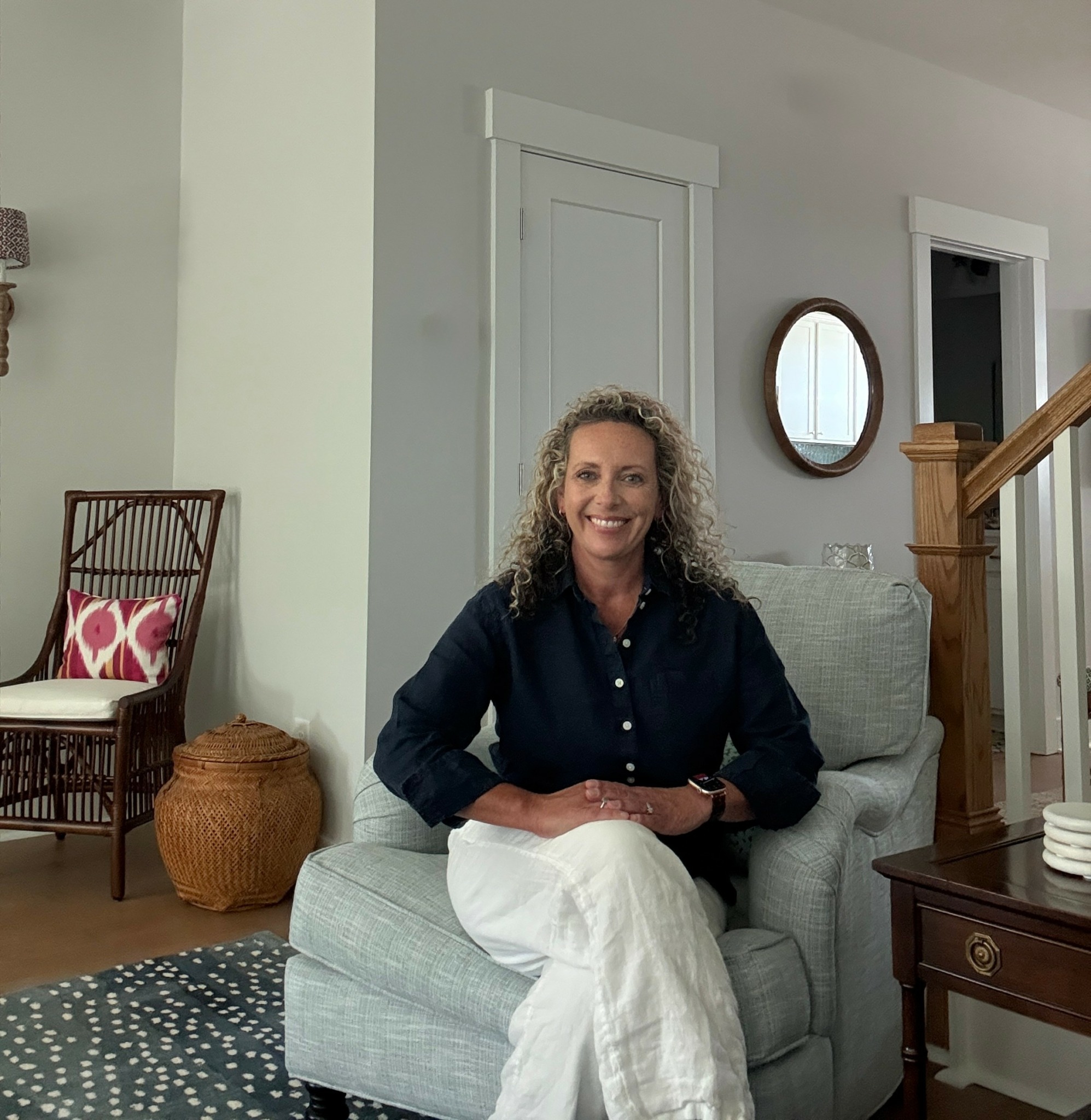We recently connected with Kate LeCerf and have shared our conversation below.
Kate, thanks for taking the time to share your stories with us today Is your team able to work remotely? If so, how have you made it work? What, if any, have been the pitfalls? What have been the non-obvious benefits?
I launched my interior design business in the fall of 2021, a time when virtual services had become the norm. From the beginning, I built my business model around offering virtual design—and it has been incredibly rewarding. Virtual design has allowed me to work with clients across the country, expanding my reach well beyond my Colorado base.
While I do offer in-person services, virtual design remains at the heart of my business. It gives me the flexibility to work from anywhere and maintain a dynamic schedule that suits both me and my clients.
A key benefit of virtual design is the ability to connect with a wider audience through social media and my website/blog. These platforms have played a crucial role in growing my national client base and sharing my work.
Of course, virtual design comes with its challenges. Without seeing a space in person, there are limitations—especially when it comes to evaluating lighting and color. I rely heavily on client-provided photos, which can sometimes be inaccurate. To address this, I ask detailed questions and guide clients through how to capture their space most effectively, ensuring I have all the information needed to design with precision.
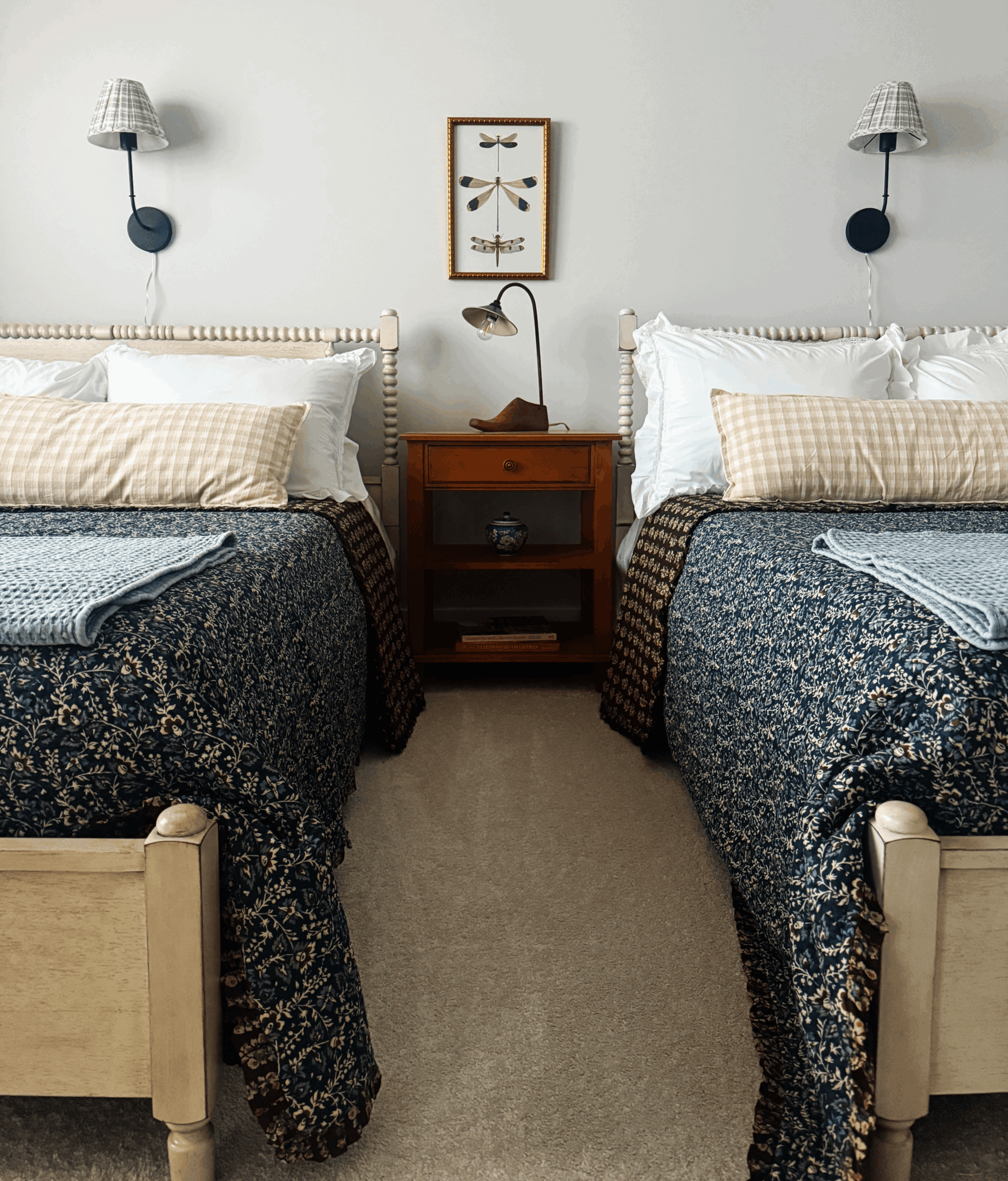
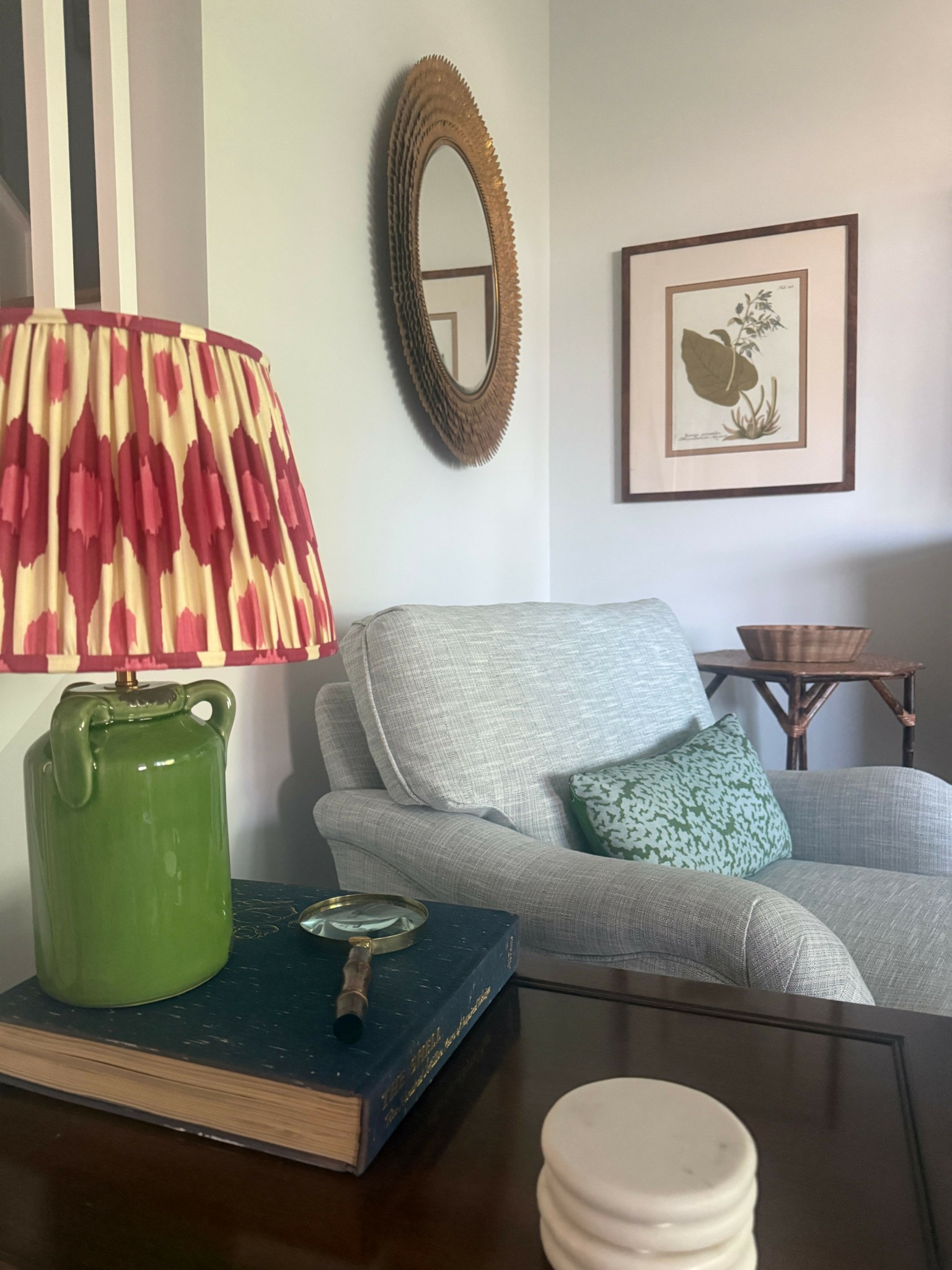
Great, appreciate you sharing that with us. Before we ask you to share more of your insights, can you take a moment to introduce yourself and how you got to where you are today to our readers.
I began my career as an elementary art teacher, sharing my love for creativity and hands-on projects with children. While I found joy in teaching, I soon discovered that my true calling was at home—raising my children and, unexpectedly, falling in love with design. During my years as a stay-at-home mom, I turned to decorating and DIY projects as a creative outlet. My home became my canvas, and over time, friends and family began asking for help with their own spaces. What began as a passion soon evolved into a business, allowing me to channel my creativity into a fulfilling career in interior design.
I describe my style as Fresh Traditional—a blend of timeless antiques and traditional elements infused with modern details. I love color, pattern, and the art of mixing textiles. I’m an avid treasure hunter, frequenting antique shops and thrift stores in search of unique pieces that add character and a collected, lived-in feel to a home. I deeply appreciate the craftsmanship and iconic design of antique furniture and always look for ways to weave historical charm into fresh, functional spaces.
Functionality is always my starting point. Before anything else, I focus on how a space works for the homeowner—how they live in it, move through it, and use it every day. I believe a home should be both beautiful and practical, supporting daily routines while also inspiring joy. I take a “high-low” approach to design: investing in quality, long-lasting foundational pieces while mixing in more affordable decor that adds personality and detail.
One of the things I’m most proud of is my ability to mix new and old in a way that feels seamless and personal. As a designer, I have access to all styles and trends—but as an artist, I strive to create something unique for every client. No two projects are ever the same. I want each space to feel like a true reflection of the people who live there. My own home is constantly evolving, serving as a sketchpad where I experiment with ideas. (We have a running joke about how many layers of paint and wallpaper are on our walls—hint: it’s a lot.)
Design is both my profession and my passion, and I consider it a privilege to help others create homes that are comfortable, beautiful, and distinctly theirs.
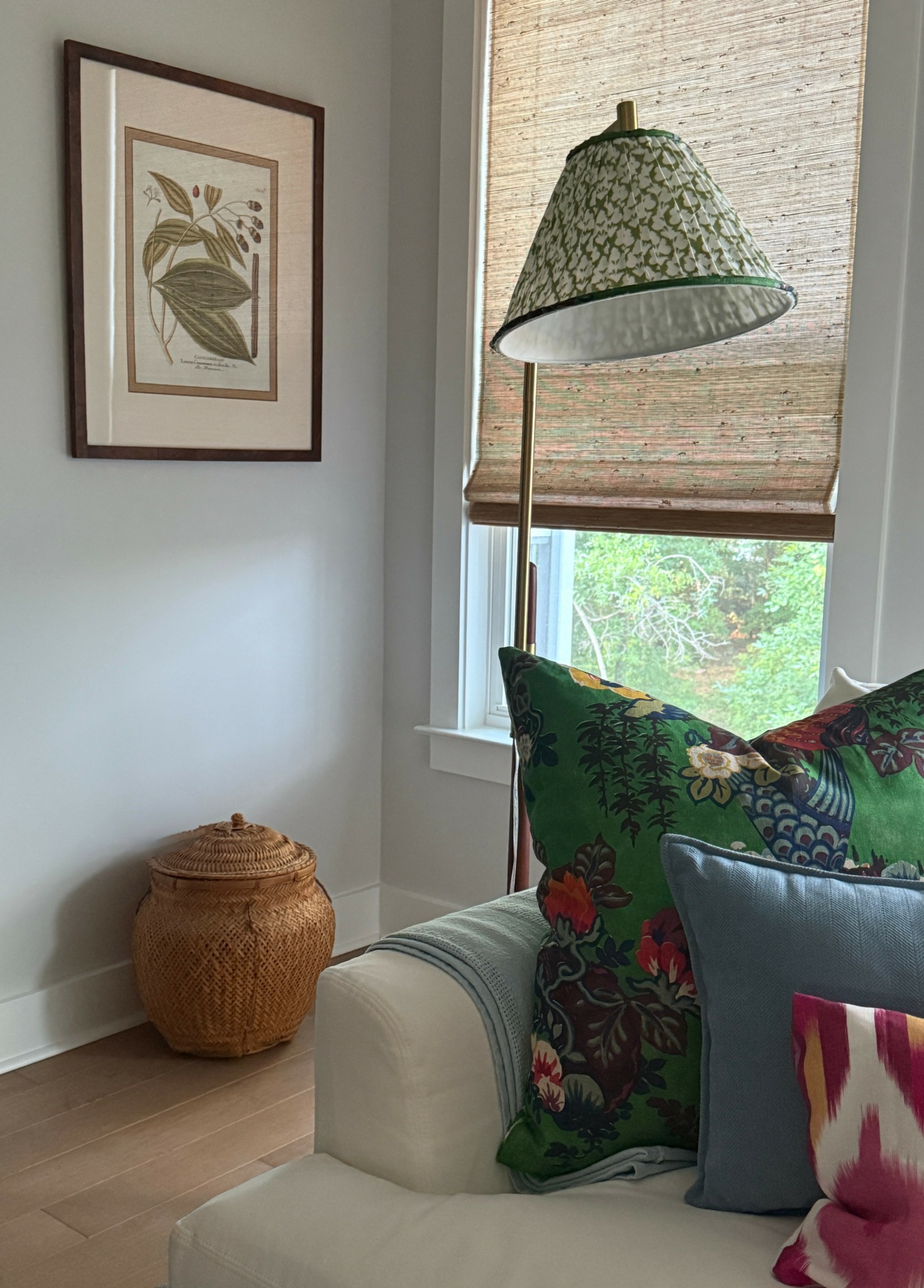

Is there something you think non-creatives will struggle to understand about your journey as a creative?
Being a creative comes with constant highs and lows. We’re always striving to stay fresh, original, and innovative—and while that pursuit fuels our passion, it can also be exhausting. There are moments of triumph, and there are moments that fall flat. At times, we face burnout or creative blocks, and it’s in those moments that we must take responsibility for reigniting our own inspiration.
Creativity doesn’t thrive in isolation. You can’t expect to feel inspired by sitting at a desk all day. Being a creative requires exploration, adventure, travel, and connection with others in the creative community—no matter the industry. We are visionaries, constantly dreaming up new ideas and pushing ourselves to bring them to life.
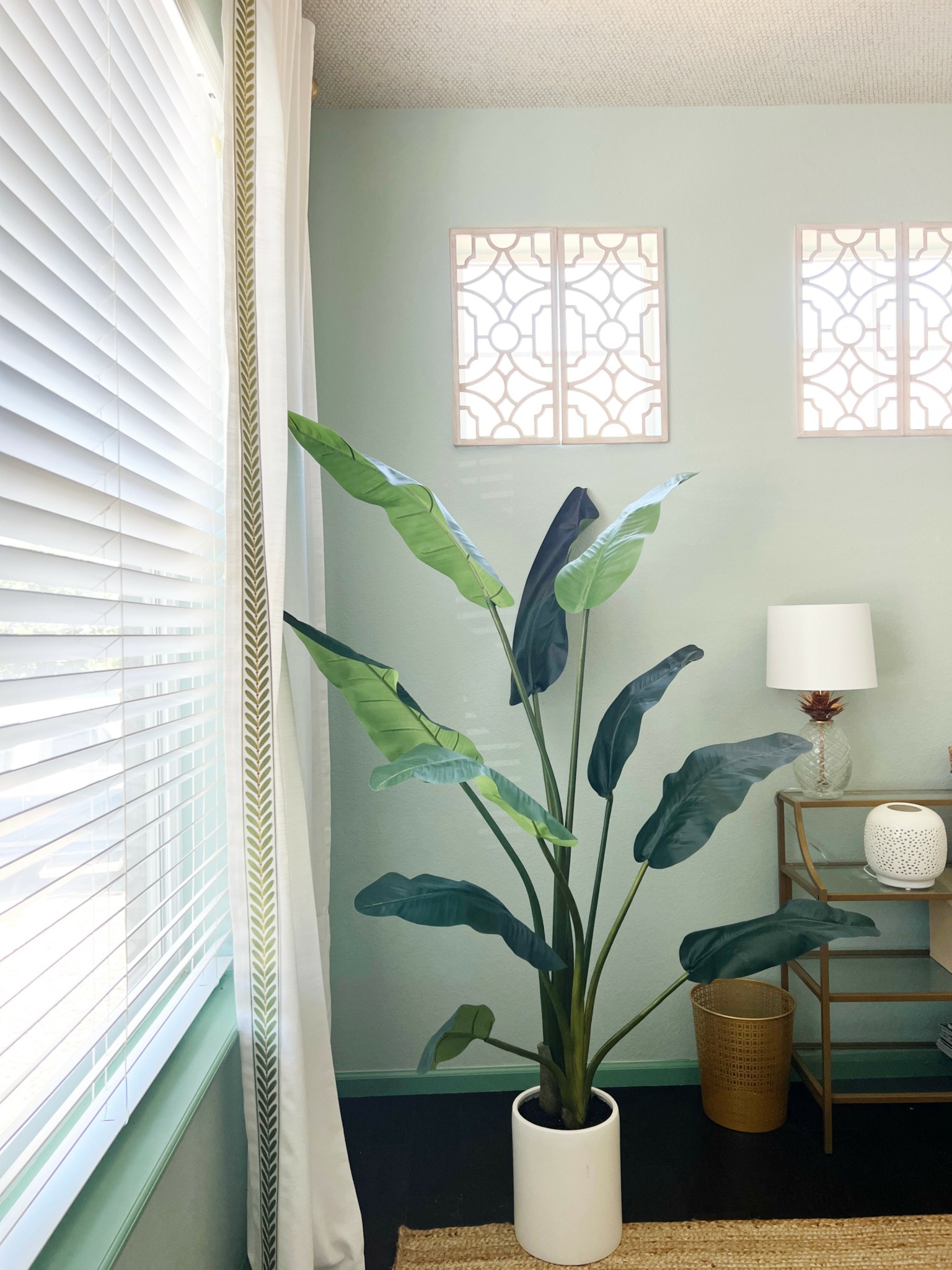
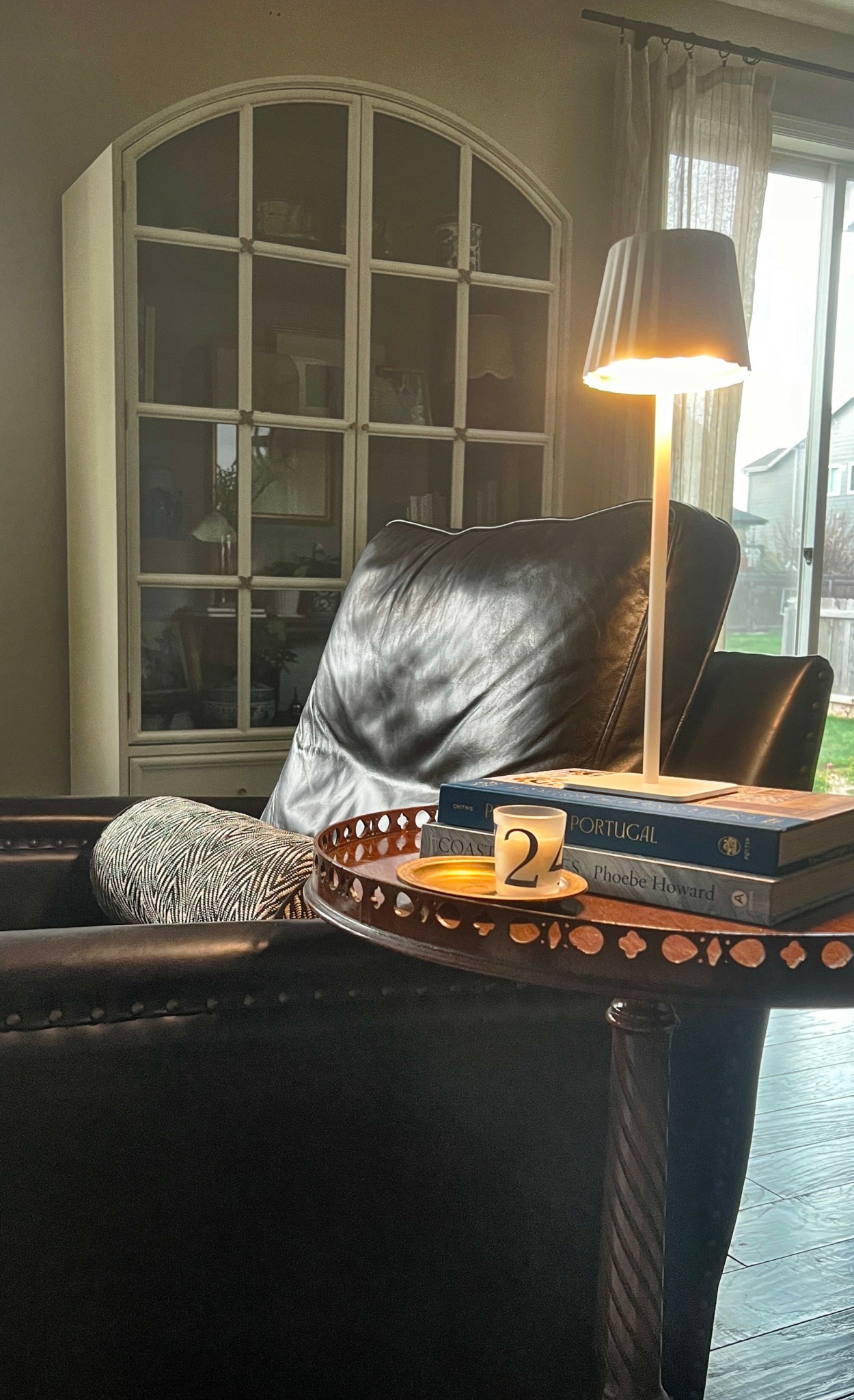
What do you think is the goal or mission that drives your creative journey?
My ultimate goal and mission is to make my clients happy. As a creative problem solver, there’s nothing more rewarding than witnessing the joy and excitement from a client who feels truly at home in a space we’ve designed together. Helping someone create a home they’re proud of—one that functions beautifully with their lifestyle—is the greatest satisfaction in my work.
The best compliment I can receive is genuine happiness from a client. I’m often touched when clients reach out after a project is complete to share the little details they’ve grown to love even more over time, or to tell me how perfectly the space worked for a special event—especially when they’ve received compliments from others. I live for those moments!
Contact Info:
- Website: https://katelecerfinteriors.com
- Instagram: @katelecerfinteriors
- Facebook: Kate LeCerf Interiors
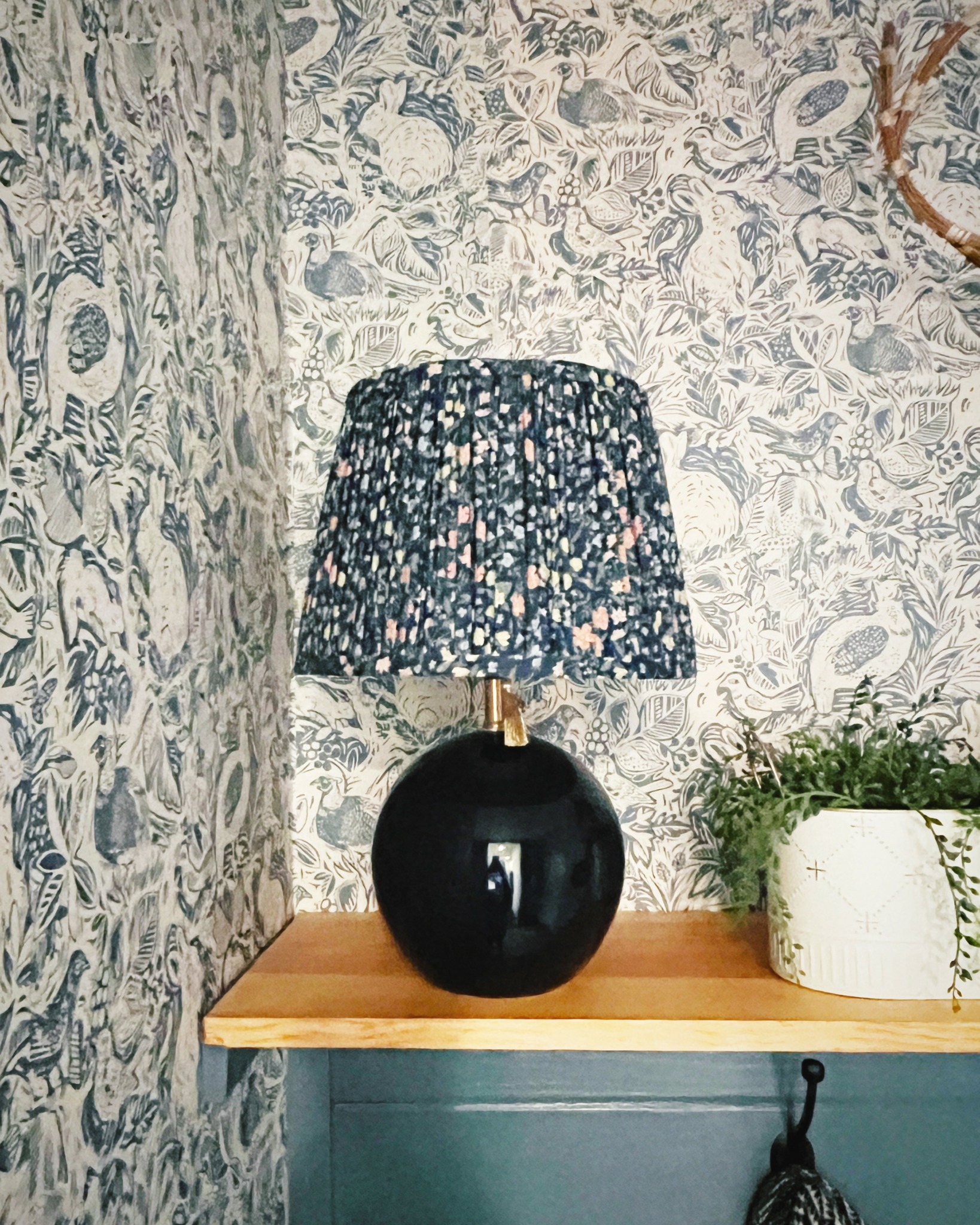
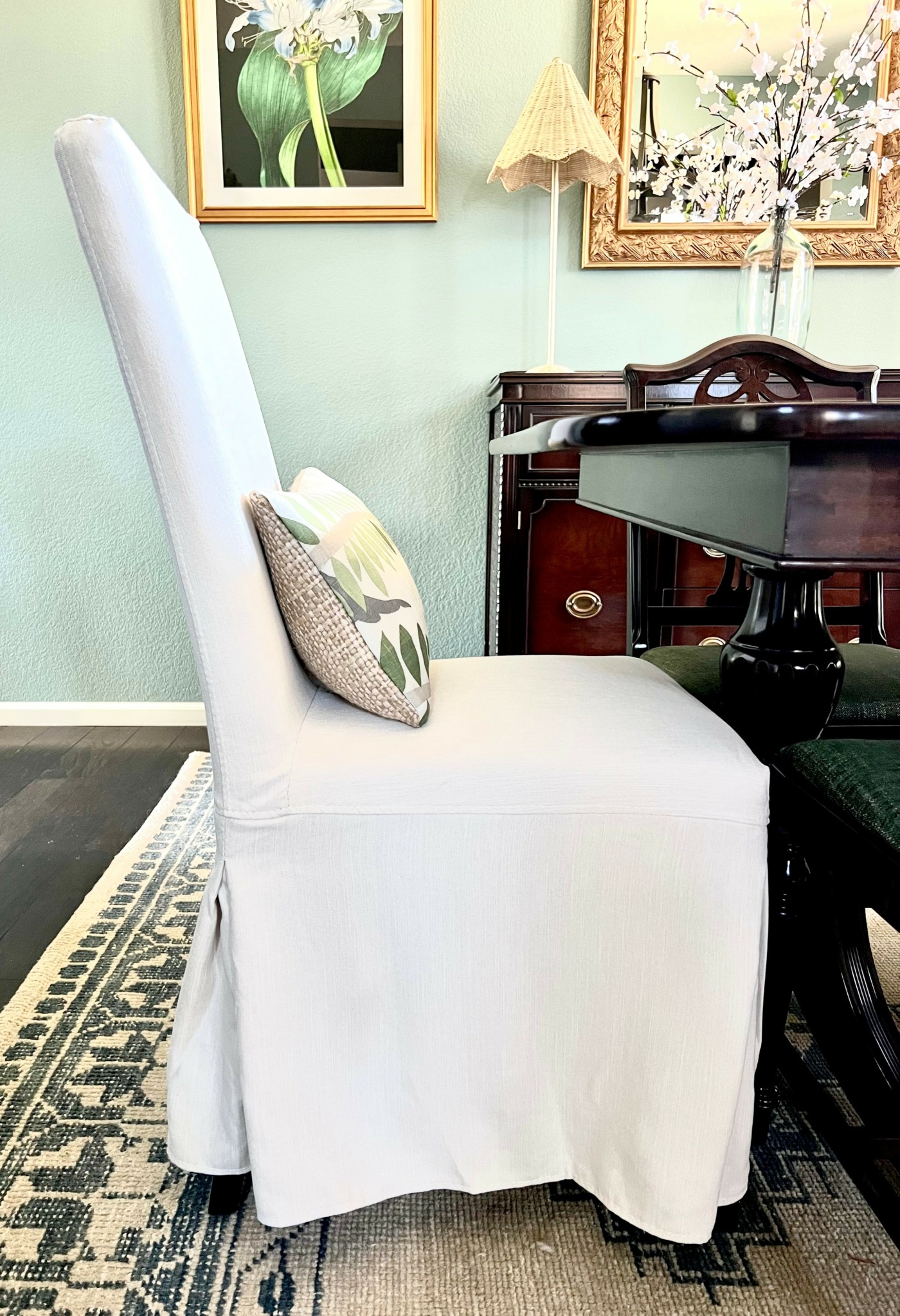
Image Credits
Kate LeCerf


